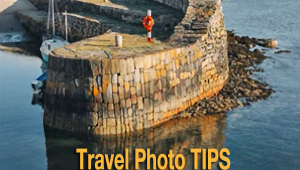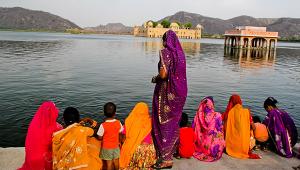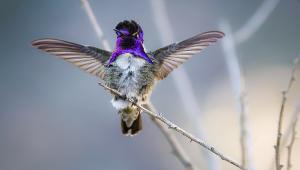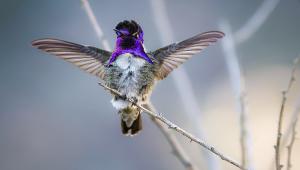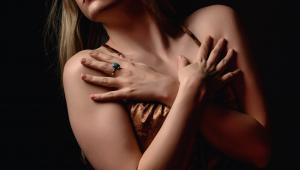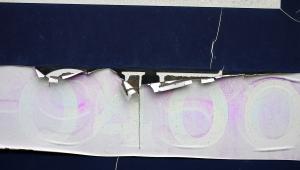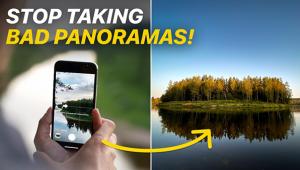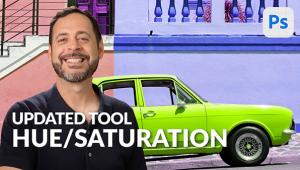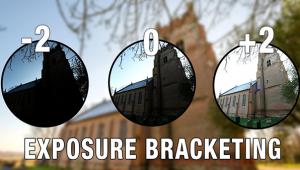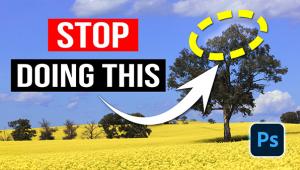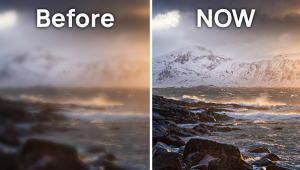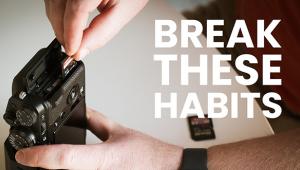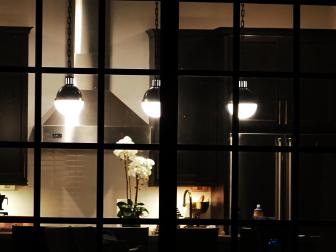Unfortunately, it's been a while since the last time I've been to Hawaii, I must say I really miss the islands! I'm about to head to the best beaches on Phuket though, so they will be more than enough to fill my love for beautiful beaches, I might discover sights as spectacular as these ones!
Photographing Kauai's Exotic Beauty
Each of the major Hawaiian islands--Hawaii, Oahu, Kauai and Maui--has its own unique flavor. Each offers an endless number of photo opportunities, beautiful resorts situated on exotic beaches, balmy weather, and a variety of activities that lure throngs of vacationers from around the globe on a year-round basis.
I recently visited Kauai, which has more of a rural, country feel and a laid-back attitude all its own. The oldest and northernmost of the major islands, Kauai is almost untouched by major development. The natural beauty of the island has been well-preserved and large-scale resorts are few and far between. Aptly deemed "The Garden Isle," Kauai hasn't changed a lot over the years, I've been told.
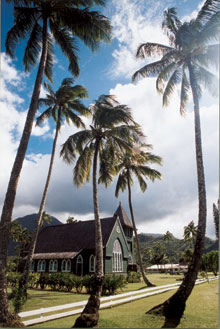 |
|
|
For those who love photographing nature's beauty, this island has much to offer in the way of tropical forests, golden sand beaches, green, scalloped cliffs that meet the ocean--and even a red-rock chasm that rivals Arizona's Grand Canyon! It's no wonder that Kauai has provided locations for productions such as Jurassic Park, South Pacific, and Fantasy Island. Although I didn't shoot every picturesque spot on this island paradise during our five-day stay, I'd like to share some tips on Kauai's popular photo locales that I did visit.
One Island, Several Eco-Systems
The island of Kauai is round in shape, with several distinct regions: The West side and South Shore, which represent the warmer, "dry" sides of the island, and Lihue and Kalapaki Beach, the Coconut Coast, and the North Shore, which is greener and more lush. In the center of the island is the 5208-foot Mount Wai'ale'ale, which reportedly gets more than 400 inches of rain a year, and is one of the wettest spots on earth. Wai'ale'ale is what remains of the ancient cinder cone that was once an active volcano about eight million years ago, and, for the most part, is an inaccessible part of the island. When traveling around Kauai, the varying climates are reflected in the relatively drier terrain of Waimea Canyon to the west, as opposed to the tropical vegetation along the Na Pali Coast on the north side.
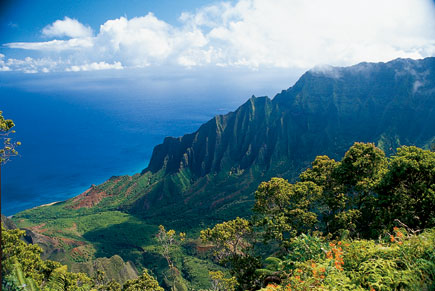 |
|
|
Spouting Horn
Travel guides frequently tout Kauai's Poipu Beach, located at the southernmost tip of the island, as one of the world's most beautiful beaches. Popular for scuba diving and snorkeling, Poipu Beach is also lovely to photograph.
On Poipu Beach, just outside of the town of Koloa, is a natural phenomenon called Spouting Horn, which is formed by wave action that forces water through a hole in a lava shelf. Every wave produces another spray, and Spouting Horn can shoot salt water as high as 50 feet into the air. This geyser-like effect is accompanied by a loud groan. According to local folklore, this eerie sound is attributed to the hissing of Kaikapu, a lizard goddess who got trapped in the lava tube.
Spouting Horn is most dramatic during high tide, and is best photographed in the late afternoon and at sunset, when the spray can become incandescent with the colors of the rainbow. Warning signs caution visitors against venturing out on the lava shelf, as injuries have occurred. You can shoot pictures from a protected overlook, which affords great views of Spouting Horn, as well as the surrounding coastline. As I shot pictures in the late afternoon, I used a polarizer to accentuate the blue sky and even got a few shots with a slight rainbow prism in the spray. Keep watching through your viewfinder, and click the shutter just as the water shoots up. By setting your shutter speed at 1¼250 or faster, or using your camera's sports mode, you'll freeze the action.
 |
|
|
Waimea Canyon and Koke'e State Park
No visit to Kauai would be complete without a visit to Waimea Canyon. At 10 miles long and about 3600 feet deep, it's not as vast as the attraction in Arizona. However, Kauai's more-tropical canyon is frequently called the "Grand Canyon of the Pacific" with good reason. Some of my photos looked as though they could have taken at the north rim of the Grand Canyon. Waimea Canyon State Park is on the west side of the island on Highway 550, and is one of Kauai's most popular photo sites.
Several viewpoints, Canyon Lookout and Puuhinahina View Point, provide great vantage points for photography. One photo enthusiast told me that the morning was the best time to view the canyon, while another felt strongly that the afternoon was best. I revisited the canyon later in the day, so I had an opportunity to shoot pictures both in the morning and in the afternoon, and came away with decent photos from both times of day.
I recommend that when you photograph any broad landscape, use both a wide-angle lens to encompass the vastness of the land, and a telephoto to isolate a few interesting features. In the afternoon, I found that a polarizer accentuated the colors in the canyon walls, as well as saturating the blue sky, which had a few puffy clouds. Several miles of hiking trails will take you into Waimea Canyon for further exploration.
 |
|
|
- Log in or register to post comments






